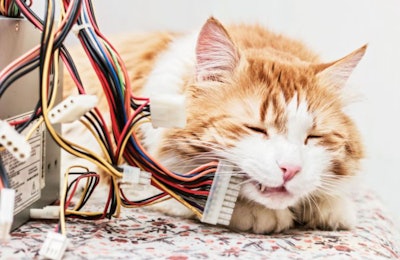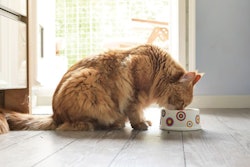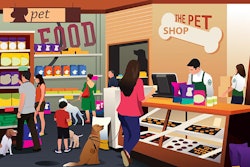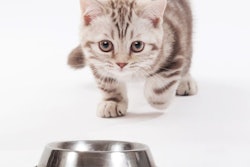
The pet food industry chose the red pill this year. Purina used three-dimensional imagery of their pet food facility in Clinton, Iowa to create a virtual reality (VR) training program designed by Oculus Business. Purina salespeople trained in VR to learn about the production process without the food safety risks, expense and time of a physical visit, not to mention avoiding COVID transmission. Similar tours could increase transparency with pet food customers. While giants like Purina can create full-on VR experiences, even small pet food start-ups could use free panoramic camera apps to make immersive pet food facility tours.
Transparency and VR pet food facility tours
Two years ago, I toured the same Purina facility during the company’s Behind the Bowl Symposium. I haven’t taken the VR tour. However, in an Oculus promotional video, you can glimpse the virtual imagery. It looked as I remember it, and one of my memories was how meticulously clean the facility was. I’m not saying that to advertise for Purina in any way. Indeed, all the pet food facilities I’ve toured have been remarkably clean, whether owned by giant multinationals or local families. Not that journalists would be invited to tour nasty, unsanitary operations, but from what I’ve seen most pet food factories may be cleaner than the general public imagines. The fastidious cleanliness surprised me when I first started reporting on the industry, and I assume others share my assumptions.
Virtual reality tours of pet food facilities could share that impression of cleanliness with pet owners. I can understand that food brands must feel a strong urge to keep people from seeing how the sausage, or kibble, is made. Well-meaning (probably) consumer advocates would pounce on anything they saw in a facility that seemed unsafe. Or competitors could steal trade secrets simply by copying the processes they observed in the tour. However, other industries have found ways to make production facilities into landmarks. Consider the Purina headquarters’ neighbor in St. Louis, Missouri, the Anheuser-Busch brewery. Touring the home of Budweiser beer ranks among the city’s top tourist attractions. Besides the giant horses and free beer, the tour is informative and makes one feel confident about the biosecurity involved in production. Tourists filing through a massive art deco brewery is, however, very different from welcoming visitors into a pet food facility where meats other ingredients must be blended hygienically and kept that way. A virtual reality tour would eliminate the food safety risks of touring a pet food plant live, while providing transparency.
Pet owners increasingly want to know how their pets’ food was made and what exactly went into it and why. Transparency can make a brand seem more trustworthy, while perhaps subconsciously making others look bad, since it may seem they have something to hide. Pet food production suffers from consumer myths and misconceptions about ingredient quality and processing standards. For example, in 2018, Ohio legislators introduced a bill banning pet food from containing ingredients derived from cats and dogs. Cannibalism is not the newest novel ingredient, indeed no dogs and cats from shelters or anywhere else are rendered into animal food in the US, according to the North American Renderers Association. The proposed legislation illustrates the need for consumer education to dispel myths. As Purina, Budweiser and other Show-Me State residents know, seeing is believing and transparency means letting consumers see what’s going on.
Technology for pet food facility virtual tours
To give pet owners a virtual glimpse inside a pet food factory, a range of options cross the price scale. The owners of the world’s largest pet food company, Mars, uses a three-dimensional panoramic view of the company’s Global Food Safety Center lobby to introduce a set of videos about the facility. While I imagine Mars used a high-end 3D camera to film their facilities’ lobby, a company with shallower pockets could make a panoramic image of a section of their facility with a free panoramic camera app on their smartphone, such as Google’s Cardboard Camera. A guide’s voice could be dubbed in to help explain what pet owners were looking at. While this isn’t exactly Matrix-level VR, a 3D picture is worth more than a thousand words.

















